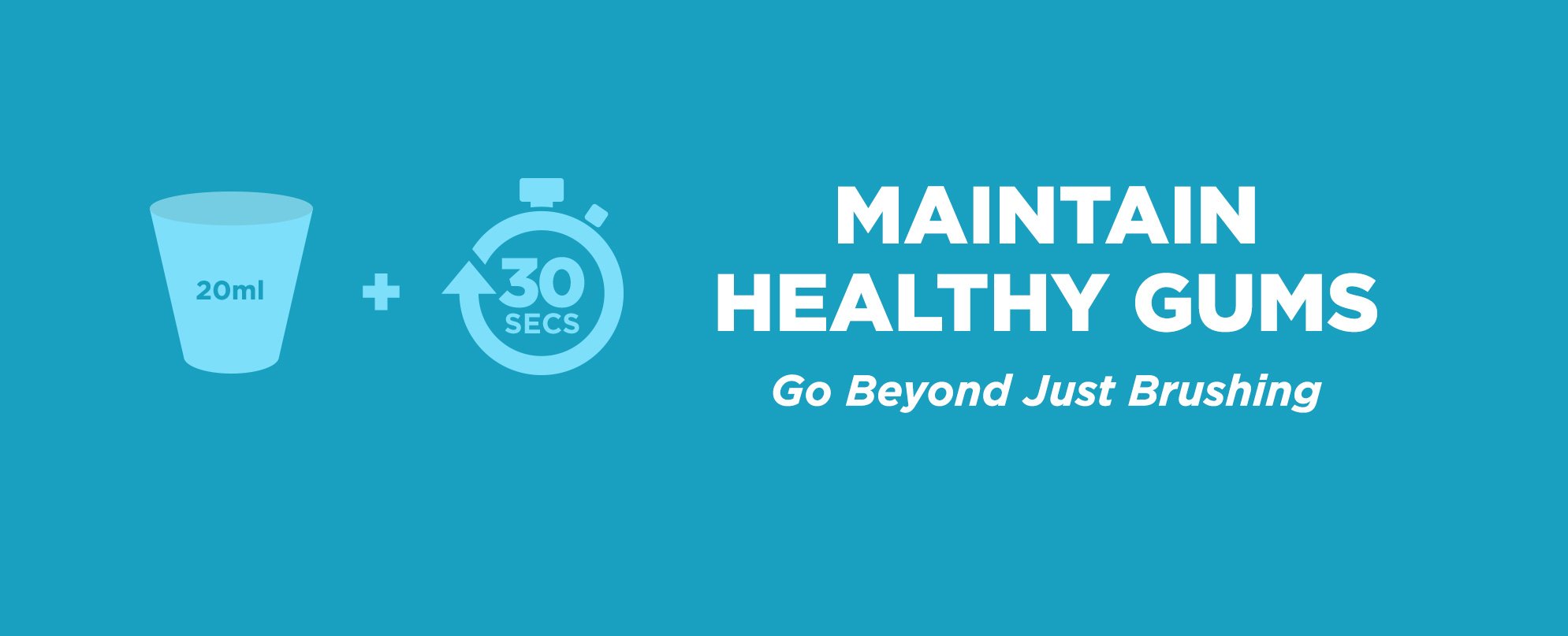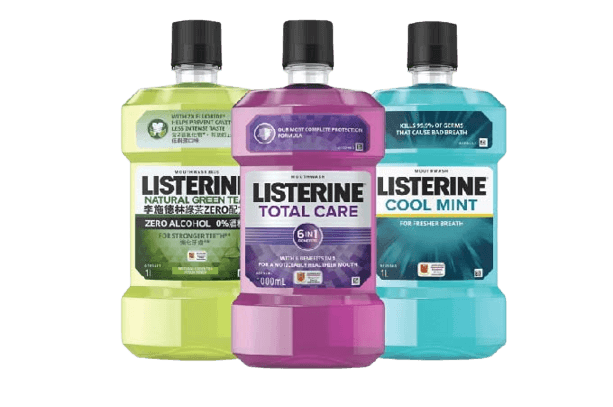Gums & Gum Disease: Frequently Asked Questions
What's This Sticky Film On My Gums When I Wake Up?
A thin layer of bacteria known as biofilm can stick on almost any surface. That’s why your gums and teeth can feel like they’ve been covered in slime when you wake up in the morning.
Dental plaque , which could lead to gum problems, is made up of some bad bacteria and some good bacteria. Bad bacteria thrives on sugars left on gums and teeth, turning them into tooth-decaying acids. Good bacteria can make normal biofilm less enticing to acid-hungry bacteria.
A person with super-solid home dental care, who brushes, flosses, and swishes daily, can control and minimize the size of the biofilm, and potentially make it even healthier by increasing the amount of good bacteria it contains. But when you clean and rinse your gums and teeth less frequently, biofilm (typically pale yellow in color) can harden into tartar and gets thicker which only dentists and their professional tools can remove. Stick to your brushing, flossing and rinsing routine to keep your biofilm in its healthier condition.
What's The Link Between Gum Disease, Gingivitis and Periodontitis?
When you’re concerned about your gums and start researching, it quickly gets confusing, with multiple technical medical terms being used to refer to the same thing—gum disease. Here’s how the terms are linked: Gum disease is the broad-stroke, general term used to describe the bacterial infection in your mouth. Both gingivitis and periodontitis are words used to describe gum disease—but the words are not interchangeable and do not mean exactly the same thing.
Gingivitis describes early, mild (and reversible) gum disease, the kind marked by red, swollen gums that bleed easily when brushed or flossed. If gingivitis is not addressed by improved mouth care, it can progress and develop into the more serious (non-reversible) stage of gum disease called periodontitis, which attacks gums, bone and the connective tissue that holds teeth in place, eventually loosening them over time to the point that they could fall out. Gum disease is the leading cause of tooth loss. That’s why it’s best to address gum issues early by hammering down a foolproof complete daily oral care routine, from brushing, flossing and rinsing, as well as periodic dental visits.
Why Are My Gums Bleeding?
As we age, it’s increasingly common to see a drop or two of blood in the sink after brushing or flossing–so commonplace that many of us convince ourselves it’s not a big deal. But bleeding gums—even during a dentist cleaning—are not normal and not healthy. They’re a sign—possibly along with other often-missed red alerts like puffy, red, irritated gums—of gingivitis (early gum disease). Millions of adults have some form of gum disease, yet only a very small fraction realize it because gum pain is not an early symptom. The good news: early-stage gum disease is reversible, through improved daily mouth care and more frequent visits to the dentist for plaque and tartar removal with professional tools. But left ignored, blood in the sink can progress to serious gum disease (periodontitis) that attacks gums, erodes the jawbone and is the number-one reason teeth fall out. If you’ve spotted droplets, don’t wait another day to start improving your brush, floss and rinse routine.
Why Are My Gums Receding?
You’ve recognized one of the most telltale signs of mid-stage gum disease. And this is not one you want to ignore. When you notice your gum and bone pulling away from your teeth, and more of the lower part of your teeth becomes visible, your gums are receding. Often referred to as shrinking gums, when this happens, the roots of your teeth become exposed to harmful bacteria and your mouth becomes susceptible to a whole host of health issues. If accompanied by red, inflamed gums that bleed when brushed, early gum disease is a likely reason. Left untreated, gum recession can have serious, irreversible consequences, such as loss of dentin (hard, dense, bony tissue forming the bulk of a tooth beneath the enamel and keeping your teeth firmly in place), and the exposed roots can become tender, sore or infected.
How Can Mouthwash/Mouthrinse Help Maintain Healthy Gums?
Check the ingredients on your mouthwash bottle and look for germ-fighting ingredients. LISTERINE® Mouthwash contains eucalyptol, menthol, methyl salicylate and thymol, four essential oils that are clinically proven to kill the germs that can cause gum problems. Using mouthwash regularly, after brushing and flossing, will help to fight bacteria that can cling to your gums and form plaque.
What Are The Rinsing Rules?
The combination of ingredients in LISTERINE® Mouthwash is extremely effective in killing bacteria above the gum line as well as reducing sticky plaque film. Adding this to the daily oral hygiene routing would help to maintain healthy gums. Use LISTERINE® mouthwash twice daily to get up to 24 hour protection from oral bacteria that can cause bad breath, plaque and gum problems.








